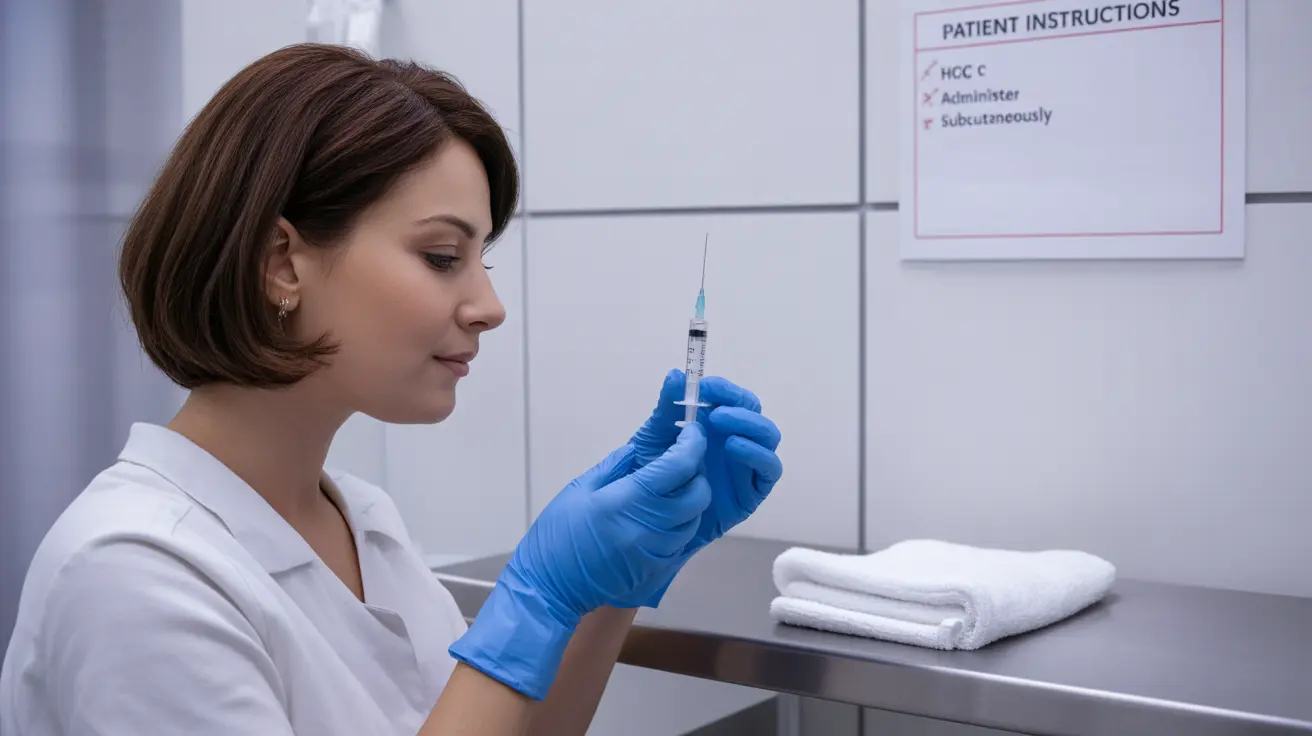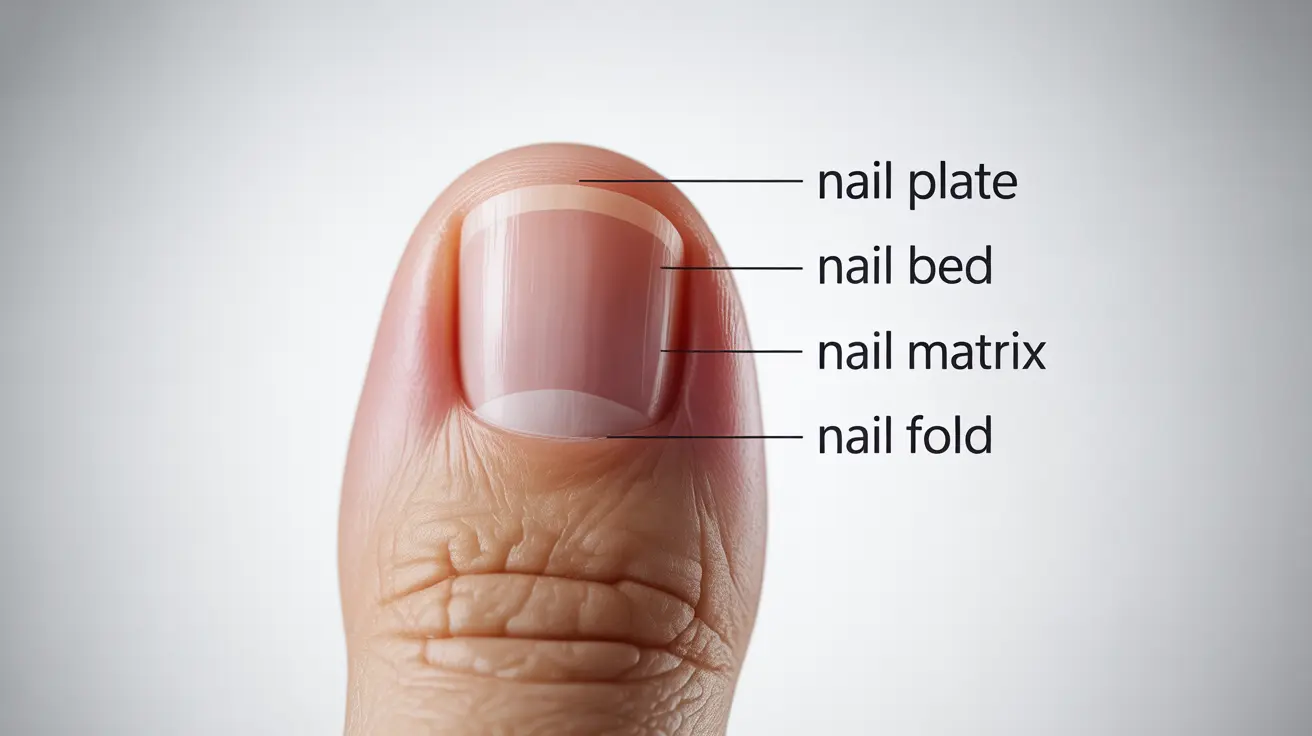In the ongoing battle against antibiotic-resistant bacteria, phage technology has emerged as a promising alternative treatment method. This innovative approach harnesses naturally occurring viruses called bacteriophages to target and eliminate harmful bacteria while leaving beneficial microorganisms untouched.
As antibiotic resistance continues to pose a significant global health threat, understanding the potential of phage technology becomes increasingly important for both healthcare providers and patients seeking effective treatment options.
Understanding Phage Technology and How It Works
Bacteriophages, or phages, are viruses that specifically target and destroy bacteria. Unlike broad-spectrum antibiotics that can affect both harmful and beneficial bacteria, phages are highly selective in their approach, attacking only their specific bacterial hosts.
These microscopic organisms work by attaching to bacteria, injecting their genetic material, and ultimately causing the bacterial cells to burst. This precise targeting mechanism makes phage technology particularly attractive for treating bacterial infections while minimizing collateral damage to the body's natural microbiome.
Advantages of Phage Technology in Modern Medicine
Phage technology offers several distinct advantages over traditional antibiotic treatments:
- Highly specific targeting of harmful bacteria
- Minimal impact on beneficial bacteria
- Ability to evolve alongside bacterial resistance
- Natural occurrence in the environment
- Potential for personalized treatment approaches
Clinical Applications and Treatment Process
The implementation of phage technology in clinical settings typically involves several key steps:
Bacterial Identification and Matching
Before treatment can begin, laboratories must identify the specific bacteria causing the infection and match it with appropriate phages that can effectively target that particular strain.
Treatment Administration
Phage therapy can be administered through various routes, including:
- Topical application for skin infections
- Oral consumption for gastrointestinal infections
- Intravenous delivery for systemic infections
- Inhalation for respiratory tract infections
Monitoring and Adjustment
Healthcare providers closely monitor patient response to phage therapy and may adjust the treatment protocol as needed, sometimes combining it with traditional antibiotics for enhanced effectiveness.
Current Challenges and Future Developments
While promising, phage technology faces several challenges in becoming a mainstream treatment option:
- Regulatory hurdles and approval processes
- Need for rapid bacterial identification methods
- Manufacturing and storage considerations
- Limited availability in many countries
- Cost of personalized treatment approaches
Frequently Asked Questions
How does phage therapy work compared to traditional antibiotic treatments for bacterial infections?
Phage therapy uses specific viruses that target and destroy harmful bacteria, while antibiotics typically work more broadly. Unlike antibiotics, phages are highly selective and only attack their specific bacterial hosts, leaving beneficial bacteria unharmed.
What are the potential benefits and risks of using phage technology to treat antibiotic-resistant infections?
Benefits include precise targeting of harmful bacteria, effectiveness against antibiotic-resistant strains, and minimal disruption to the microbiome. Risks may include potential immune responses, the need for careful matching of phages to bacterial strains, and limited availability of treatment.
Can phage therapy be used in conjunction with other treatments, such as antibiotics, to enhance its effectiveness?
Yes, phage therapy can often be used alongside antibiotics, potentially creating synergistic effects. This combination approach may enhance treatment effectiveness, particularly in cases of resistant infections.
How do I know if I am eligible for phage therapy, and what process do I need to follow to access it?
Eligibility typically requires confirmation of a bacterial infection and identification of the specific strain. Access often involves consultation with specialized centers, laboratory testing for bacterial identification, and sometimes seeking treatment through clinical trials or specialized treatment programs.
What are the current limitations and future prospects of phage therapy in becoming a widely accepted medical treatment?
Current limitations include regulatory challenges, limited availability, and the need for personalized approaches. However, ongoing research, increasing antibiotic resistance, and successful treatment cases suggest a promising future for phage therapy as a mainstream treatment option.




